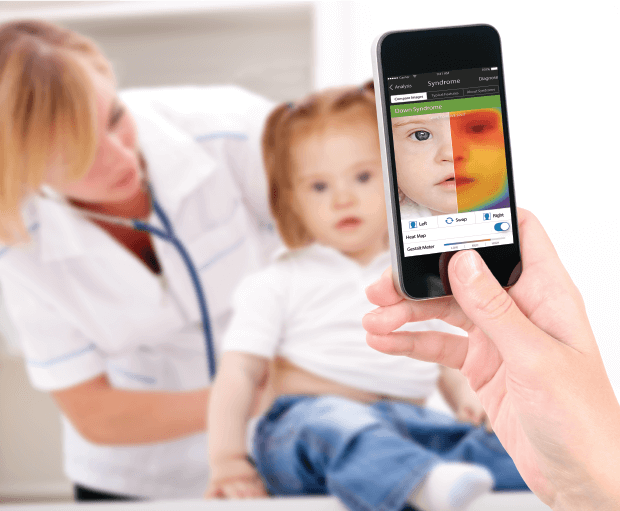5 Genetic Disorders With a Small Head
There are thousands of genetic disorders which present with a small head (microcephaly). Some of these genetic disorders are very rare, occurring in just a few individuals globally, while others are more prevalent and may occur in thousands.
A small head alone, as with any other unique facial feature, is not a feature of a rare disease or genetic disorder. Generally there must be several unique facial features identifiable, before they can be considered to be rare disease features.
What is a small head (microcephaly)?
A small head is one that is considered to be much smaller than the average, based on age and sex. The objective measurement of this feature is a head that measures 2 standard deviations below the standard measurement, again based on the age and sex of the individual.
A small head, or microcephaly, is usually caused by issues with brain development which affect its growth. If the brain doesn’t grow properly, neither does the skull and head encasing it.
There are several recognized causes of this slowed or stunted brain development and consequent small head – exposure of the fetus to toxins (including alcohol) during pregnancy is one known cause, as are serious infections, severe malnutrition and genetic disorders.
5 genetic disorders with a small head
Chromosome 1p36 deletion syndrome
This genetic disorder with a small head is caused by a deletion on chromosome 1, making it a chromosomal condition. Apart from a small head, characteristic facial and physical features of this syndrome include a large and broad forehead, a pointed chin, and a flat nasal bridge.
Other symptoms include severe speech delay, and often limited-zero speech development. As well as seizures and heart defects.
This syndrome is the result of mutations in several genes, some of which have been identified, some of which have not. It is a congenital condition with symptoms, among them a small head, generally present at birth.
Another unique feature of this genetic disorder with a small head is a condition known as aplasia cutis congenita, which is when localized areas of skin are missing from the top of the head of those affected.
This genetic disorder also often presents with marmorata telangiectatic congenita – this is a disorder of the blood vessels which causes the presence of a reddish/purplish net-like pattern on the skin.
This genetic disorder presents with a small head, as well as a long and narrow face. Other unique facial features of this syndrome include a small lower jaw, and prominent nose and ears.
Individuals with this inherited condition also suffer from extreme sensitivity to the sun. This in turn can lead to a permanent, butterfly-shaped patch of red skin across both the nose and cheeks. This hyper-pigmentation can also occur on other parts of the body of affected individuals.
This serious genetic disorder can also lead to a greater susceptibility for developing diabetes, and some forms of cancer.
There are two main genes responsible for this inherited condition.
As well as a small head, individuals with Cockayne syndrome often also have a short stature, a long face, a small chin, deep-set eyes and big ears.
Other symptoms of this rare disease include a failure to thrive during infancy, and issues with walking, gait, balance and reflexes. As a progressive condition symptoms tend to worsen with age and time.
Infertility is common with this rare disease, as is severe speech delay and intellectual disability.
This genetic disorder with a small head also presents with a mask-like face, and under-developed eyelids that are unable to open. Other physical features include a small jaw, and a high-arched or cleft palate.
Another main symptom is psychomotor retardation – meaning all areas of an affected individual’s development is affected, including their social, emotional and physical skills.
Genetic diagnosis
In general, an isolated symptom, such as a small head, is not enough to warrant a genetic diagnosis. However if this feature is accompanied by other potential symptoms of a rare disease (characteristic facial features, medical conditions), it may trigger the start of a genetic diagnosis journey. This journey should begin with genetic counseling services, either online genetic counseling, or in-person services.







